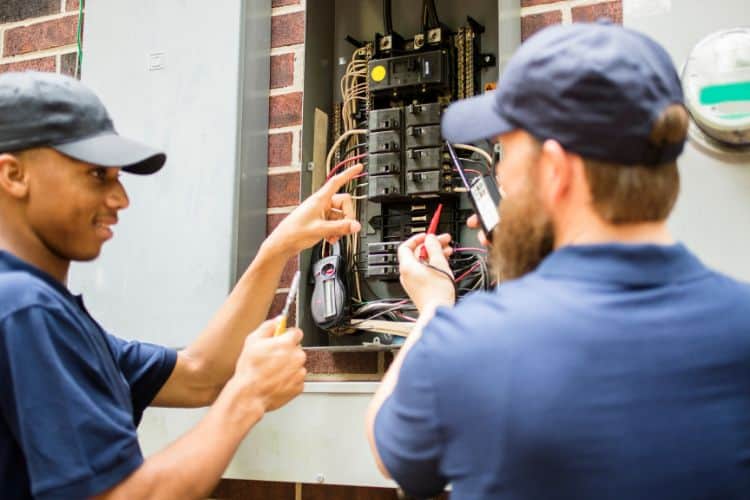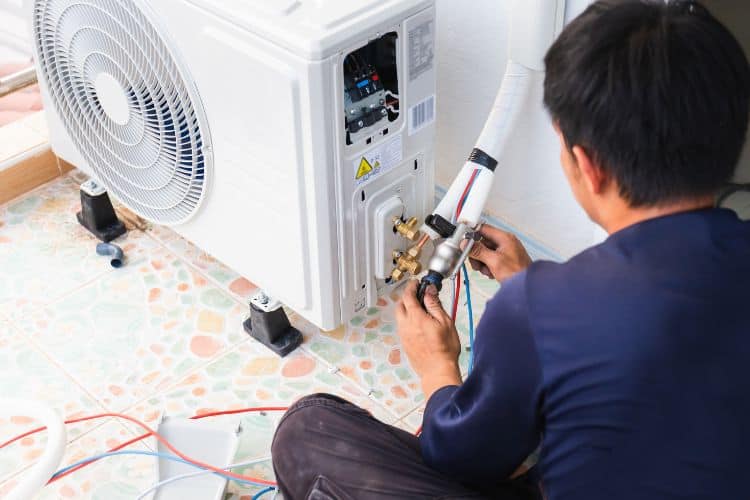Ever thought about sprucing up your strata home? We totally get it – everyone dreams of a stylish kitchen or a cosy bathroom.
So, the big question: Can you renovate a strata property? Don’t worry, Rent360 Gold Coast is here to give you the low-down.
Think of this as your go-to guide, making strata rules easy to understand. From small changes to big transformations, we’re here to help you navigate it all.
Ready to turn your ideas into reality? Let’s dive in together!
Can You Renovate a Strata Property?
You absolutely can! There are a few complications to keep in mind first – here’s the low-down: Each strata title plays by its own rules.
What does that mean?
Well, it means that when it comes to major renovations—like messing with the structure or shared spaces—you’ll need to chat with the owners corporation and maybe the neighbours, too.
Are your renovation ideas less complicated? That’s usually a smoother ride.
But, if you’re eyeing more dramatic changes, say moving walls or shifting things around, it’s best to check in with the strata team first.
What is Strata Approval?
In straightforward terms, strata approval serves as a structured process where owners seek permission before initiating significant changes to their individual lots or common property.
Think of it as a friendly process where property owners ask permission before making significant tweaks to their spots or shared areas.
Since there’s a bunch of owners in the strata family, we follow community guidelines and by-laws to keep things in check. These rules vary, but they’re like the golden rules for what’s allowed and what’s a no-go in renovations.
Bottom line: Without strata approval, you risk stirring up a legal storm and community disputes.
Why Do You Need Strata Approval Before Renovating?
Gaining strata approval is vital before okay-ing your renovation plans. We get into how to get this approval later – but let’s see why it’s important first:
1. It’s a Shared Responsibility
Strata approval isn’t just paperwork—it’s the key to a safe, secure, and well-maintained strata environment. By adhering to the strata approval process, residents contribute to decisions that shape the community, providing peace of mind and ensuring a safe haven for all.
2. It’s a Legal Requirement
Beyond community harmony, strata approval is a legal necessity. Every decision within a strata community must align with by-laws and rules, designed to maintain building operation and protect residents. Failure to secure proper approval may lead to legal disputes and fines.
3. It Preserves Your Home’s Value
From timely repairs to well-fitted common areas, strata approval ensures that the building remains an attractive investment. Without it, property values may dwindle, making it challenging to boost your property’s worth through renovations and updates.
How to Apply for Strata Approval
Let’s help you navigate the strata approval process with ease:
Step 1: Understand Strata By-laws and Guidelines
Before diving in, familiarise yourself with the unique by-laws and guidelines of your strata community. Each community, and even, strata manager has its own rules governing renovations, and compliance is key for a successful application.
Step 2: Prepare a Detailed Renovation Proposal
Create a comprehensive proposal outlining your project. Include architectural plans, drawings, and technical specifications to provide a clear picture of the proposed renovations. Transparency is your ally in the decision-making process.
Step 3: Submission to the Strata Corporation
Submit your well-documented proposal to the strata corporation for review. Ensure all necessary documents are included. The strata corporation will evaluate the proposal’s compliance with by-laws and its potential impact on the community.
Step 4: Decision by the Strata Corporation
The strata corporation will review and decide on your proposal. This decision may involve discussions during strata meetings or through established communication channels.
It’s crucial to respect the outcome and address any conditions or requirements outlined by the strata corporation.
Step 5: Follow-Up and Implementation
Once approval is granted, proceed with your renovations according to the agreed-upon plan. Maintain open communication with the strata corporation, providing updates as needed.
Types of Renovations That Need Strata Approval
Determine what the type of renovation you’re planning on is beforehand.
1. Structural Changes
Alterations like removing or adding walls, tweaking layouts, or modifying load-bearing elements can significantly impact the building’s integrity. For these, formal approval is crucial to maintain structural harmony.
2. Plumbing and Electrical Work

Modifications involving plumbing or electrical systems are critical safety matters.
Renovations in these domains, such as rewiring or plumbing adjustments, require strata approval to ensure compliance with safety standards.
This protective measure safeguards not only individual units but the entire strata property infrastructure.
3. Cosmetic Changes
Cosmetic changes, such as repainting walls or installing handrails, predominantly impact aesthetics and generally sail through without the need for formal strata approval.
While not mandatory, a quick check with your strata committee ensures alignment with community guidelines.
4. Minor Renovations and Improvements
These can include personal touches that help elevate your space to a cosy home. Examples can include installing hardwood floors, a rainwater tank, glazed windows, or a heat pump.
5. Major Renovations Inside Units
When it comes to overhauling key living spaces within individual units, strata approval is crucial.
Significant changes to kitchens, bathrooms, or alterations impacting common walls or overall structures commonly require the green light from the strata committee.
6. Installation of Fixtures and Appliances

Adding new fixtures or appliances that intertwine with plumbing or electrical systems, such as bathtubs, air conditioning units, or built-in appliances, often necessitates strata approval.
This ensures seamless integration, avoiding disruptions to the property’s infrastructure.
To Sum Up
Snagging strata approval for renovations is a breeze when you know the ropes. We hope we helped you with that today.
So, before starting on those kitchen or bathroom renovations, make sure your papers are in order and that you won’t harm anyone in the strata scheme.
Whether it’s exterior touch-ups or major inside makeovers, getting the green light ensures everyone’s on the same page. Happy renovating!

